Dungeons & Dragons 5e is probably the most influential edition of the game, bringing in more players than ever. It is the most accessible thanks to streamlining and simplifying a lot of the rules, but this does come at a cost. Many veterans call D&D 5e the easiest version of Dungeons & Dragons, and one look at the Monster Manual can prove this. Aside from the challenge rating system that needs reworking, numerous monsters have been severely nerfed from their original form, taking out some of their iconic features. Meanwhile, other monsters have unfair abilities that make fighting them a nightmare. Wizards of the Coast has a great opportunity to rectify this, and it’s coming soon.
Videos by ComicBook.com
A new version of the Monster Manual is coming shortly to Dungeons & Dragons, and with it, Wizards of the Coast needs to fix several monsters. We’ve listed the most important monsters the Monster Manual needs to address and fix here:
The Tarrasque
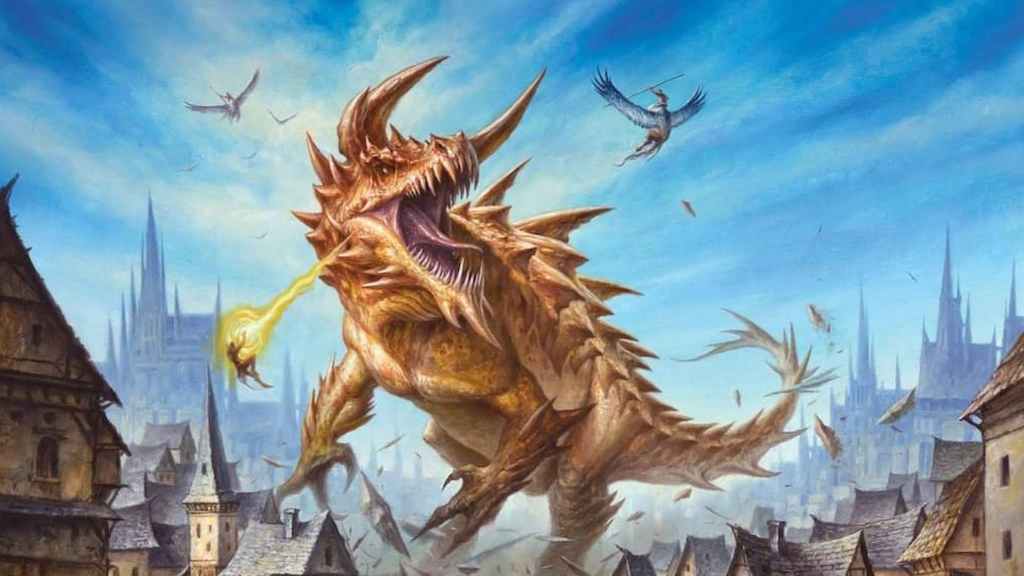
The Tarrasque is one of the most deadly and iconic monsters in Dungeons & Dragons. It clocks out at CR 30, the highest possible CR in D&D 5e, yet it doesn’t feel deserving of this. The latest version of the Tarrasque turns it from an elemental force of destruction to a large and dumb beast. This isn’t to say it’s not powerful, but it has been reduced to a big melee monster. Players joke that a level one ranger on a horse can kill a Tarrasque on their own, and they are right (assuming they have enough arrows).
Previous D&D editions gave the Tarrasque cataclysmic-like status, and the new Monster Manual needs to bring a return to form. Granted, it doesn’t need to make it as powerful as it once was, as you don’t want the Tarrasque toe you cut off earlier to become a new one. But the 5e version is lacking any oomph. This mighty creature was nigh unkillable in previous editions, sometimes requiring a Wish spell or intervention of an actual deity. Compared to the version that can be felled by a level one ranger, it’s plain to see D&D 5e has done this iconic monster dirty.
Ancient Dragon
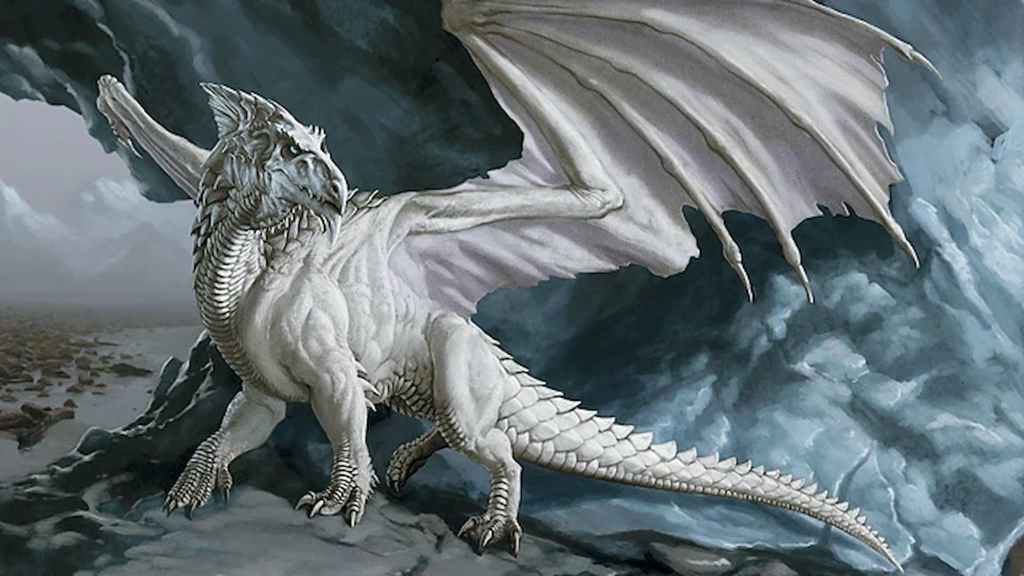
Dragons are another iconic monster from Dungeons & Dragons: they’re even in the name. Despite this, D&D 5e has severely nerfed dragons, especially ancient dragons. In their current state, ancient dragons are just giant flying lizards that have an elemental breath and frightening presence. Dragons, depending on the species, are highly intelligent, but they are often portrayed as wild beasts only interested in killing and hoarding gold. This needs to change in the latest Monster Manual.
The most important fix for ancient dragons is to return their spellcasting ability. Previous editions showed off the intelligence and power of these creatures with more abilities and options than their current counterparts. Dragons in earlier additions could cast spells, with some even being able to shift to human form. Look at the Draconic sorcerer subclass and one has to wonder, if dragons can’t cast spells in D&D 5e, how do sorcerers gain natural magic by having a dragon bloodline? Aside from this, bumping their stats would go a long way toward making ancient dragons feel like the threat they are.
RELATED: One of the Most Promising TTRPGs Is Finally Available
Lich
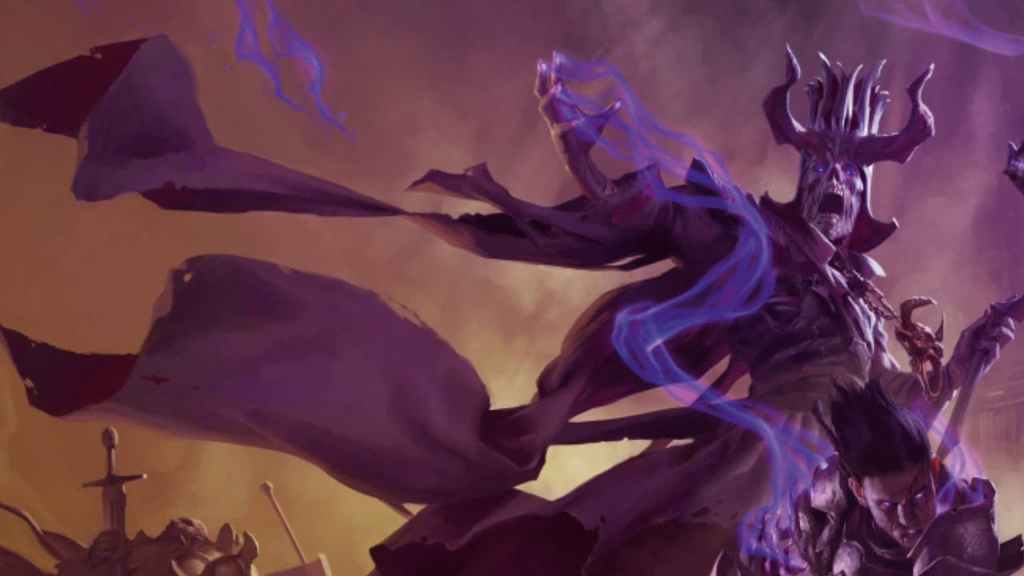
Yet another iconic D&D monster is the lich, but those present in the 5th Edition don’t do much to distinguish themselves from regular spellcasters. Named liches, such as Vecna, Acererak, and Ssaz Tam, feel especially disrespected and like their true power is shown in D&D 5e. Liches have the potential to become some of the most intelligent and powerful creatures as Vecna effectively became a God, so these creatures need more to them.
A lot of what makes liches deadly is time. Liches are incredibly hard to kill since they can create a new body through a phylactery. This means a lich has almost infinite time on their hands to plot and scheme. Furthermore, liches are intelligent enough to have defenses and minions set up, making it even harder to kill them. A lot of the work is put on the DM to make a lich more interesting to fight than a high-level spellcaster, and the new Monster Manual can give some guidelines on how to make them tougher and more interesting.
Beholder
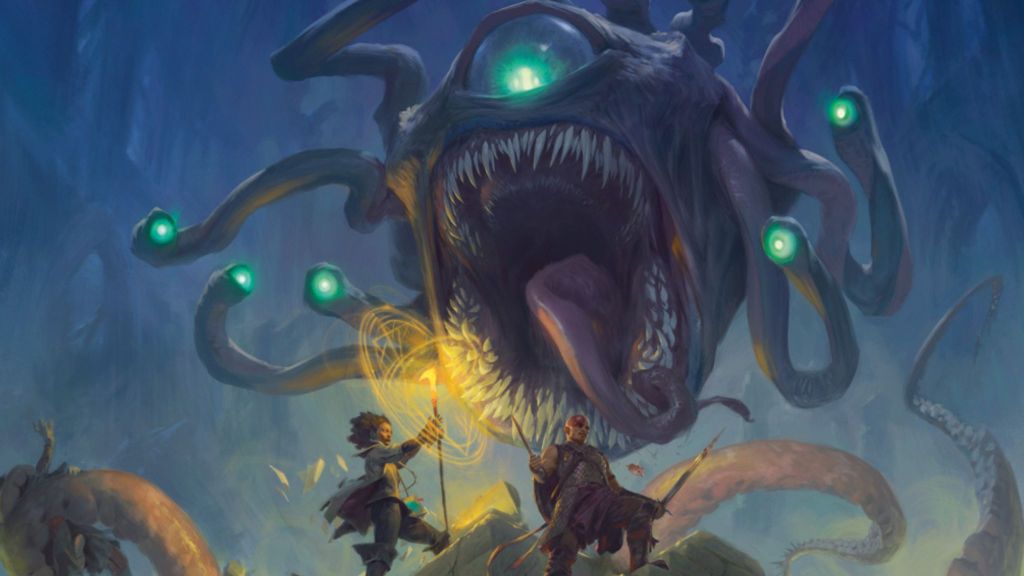
Beholders have the possibility of being the most recognizable monster from Dungeons & Dragons, gracing many covers, including the new Monster Manual. The Beholder is one of the toughest fights if the dungeon master plays it like the hyper-intelligent and paranoid creature it is, but sometimes that doesn’t feel like enough. Beholders have the power to warp reality, mostly when they sleep, but this power isn’t really seen anywhere in its stat block. The current Monster Manual gives an alternate ruleset of variant abilities, but this is mostly spellcasting to replace its eye rays.
With the next edition of the Monster Manual, D&D needs to give Beholders a buff that more accurately reflects its reality-warping abilities. This can be in the form of legendary or lair actions and can involve a random table to reflect the uncontrolled nature of this aspect. As it is currently written, reality warping is a minor occurrence while sleeping, but including this aspect in its combat abilities could tie to anger or fear while fighting a party of adventurers. Strong emotions in the Beholder could conjure up random effects to hinder the party and add a layer of depth to the encounter.
RELATED: The Legend of Vox Machina Confirms Season Four Renewal
Banshee

Banshees can be one of the most fun or most infuriating encounters for players. Its Wail ability falls into what many refer to as save or suck abilities. If a player fails the roll, they are immediately reduced to zero hit points. This can take out a player and leave them with nothing to do unless they can get a heal. If it happens to the whole party? Then the Banshee managed to get a total party kill with a single attack, and the campaign was likely restarted because of a CR 4 monster.
Fixing the Wail ability is all Wizards of the Coast needs to do in the latest version of the Monster Manual. Reducing the Wail to half damage or adding additional effects, like stun or paralysis, is a way to keep the Banshee powerful while removing the save or suck aspect. Additional buffs to damage, AC, or health can offset losing its most powerful attack, but this will go a long way toward making the Banshee feel fairer.
Intellect Devourer
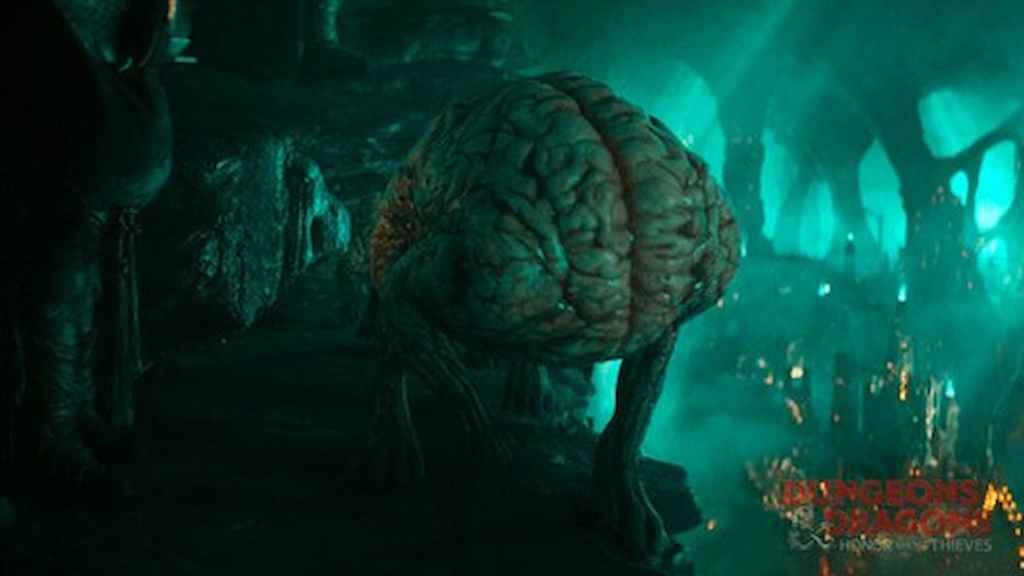
This iconic and disturbing monster is another example of save or suck monsters, with an even worse effect than the Banshee. The Intellect Devourer’s Consume Mind action can be utterly devastating, especially considering most characters use Intelligence as a dump stat. It drops a foe’s Intelligence, even being able to reduce it to zero if the target fails by enough. A single roll can leave a player incapacitated until they gain a point of Intelligence, which is not easy unless the dungeon master has mercy. This is further compounded by the Body Snatcher ability, which can kill a player if something isn’t done in a single round of combat.
Fixing the Intellect Devourer is as simple as making its Consume Mind and Body Snatcher abilities less potent. Instead of instantly reducing a PC’s Intelligence to zero, it could instead lower it by 1d4. This is still deadly, but not an immediate out for a player. Likewise, the Body Snatcher time limit needs to be increased. It can be difficult to drop an Intellect Devourer while in a PC’s body in a single round, and the effects of failing to do so are permanent outside of a Wish spell.
Mind Flayer
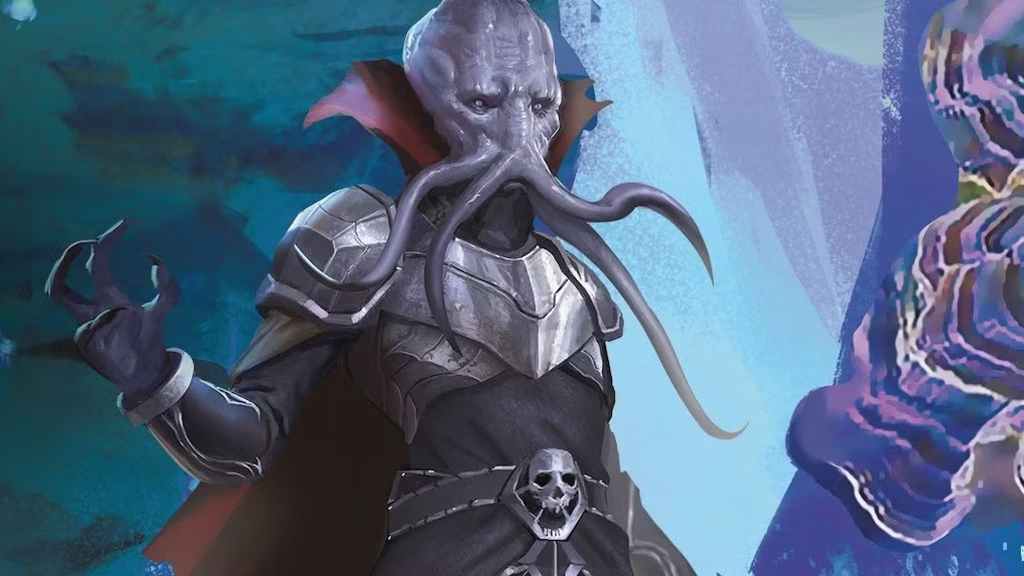
Along with the Beholder, Mind Flayers, or Illithids, are some of the most iconic monsters in Dungeons & Dragons. Like the rest of the monsters on this list, they have been done dirty, but this is largely a result of how D&D 5e handles Psionics. Spellcasting is done by harnessing magic, and there are many different forms. Psionics are psychic and mental energy manipulated and directed by the user. Dungeons & Dragons 5e has essentially made Psionics a type of spellcasting, which works for the system but is far from how it should work.
As a result, Mind Flayers are weaker than they should be. A Psionic ability should not be able to be counterspelled, yet it can be in D&D 5e because of how the abilities have been written. Fixing Psionics in the next Monster Manual would not only solve some problems for Mind Flayers, but it would open up a brand new system for players to enjoy. Older edition Psionics were incredibly powerful and fun to play as, and Psionics has been sorely mistreated. Revamping this system would give Mind Flayers so much more to do in combat and outside combat.
The new Monster Manual for Dungeons & Dragons aims to be the most expansive and versatile for the series. It includes never-before-seen monster variants, new monster art, and most importantly, redesigned stat blocks for monsters. With luck, the monsters above will be treated with the respect they deserve and made more fun to use and play against.








